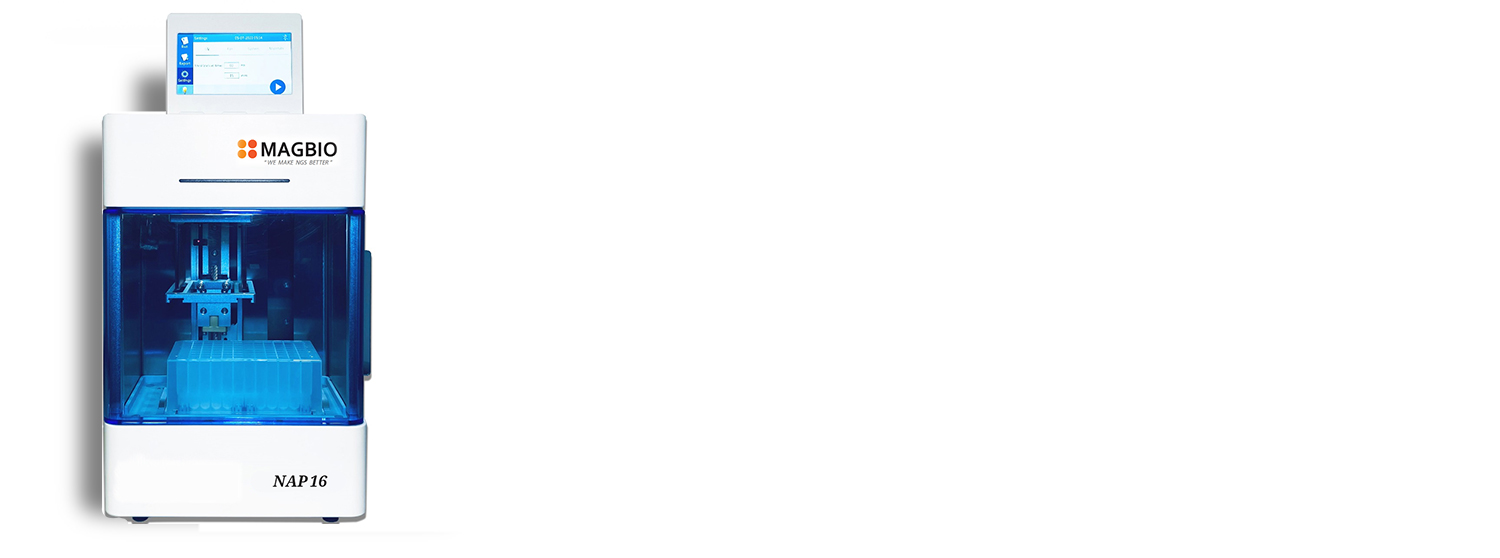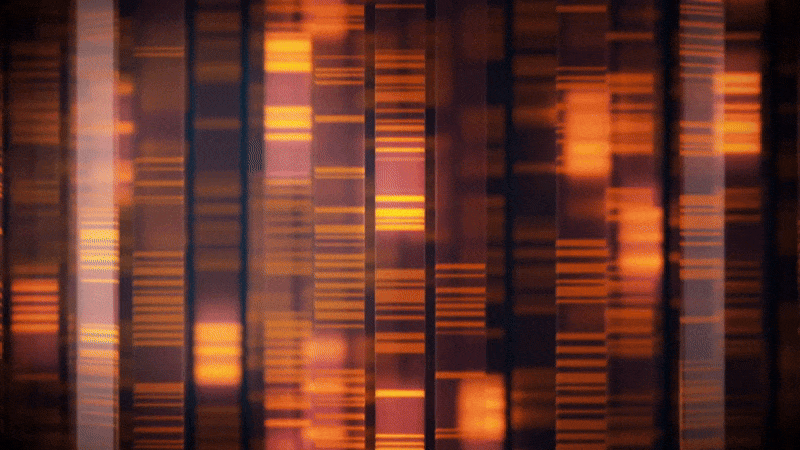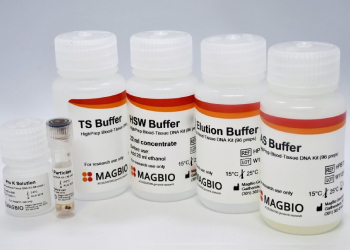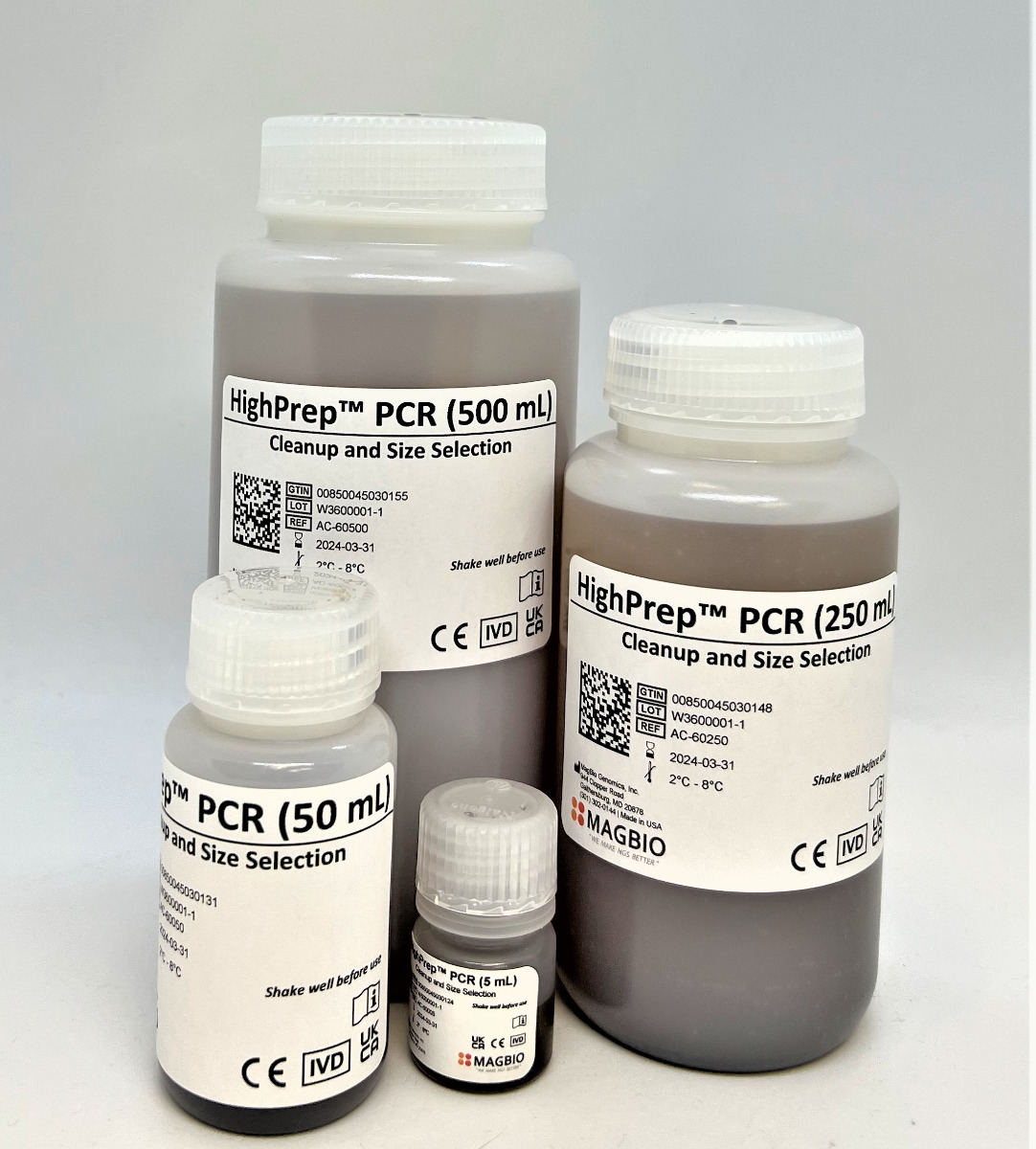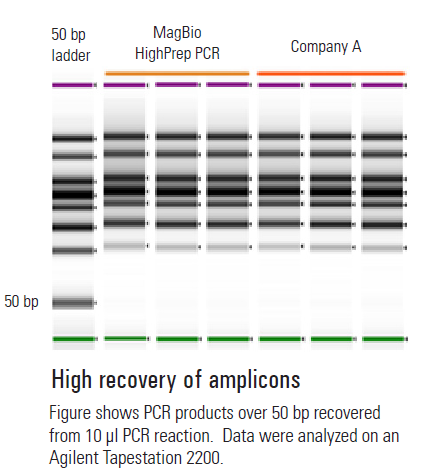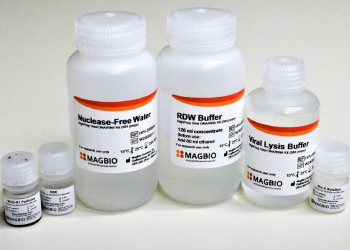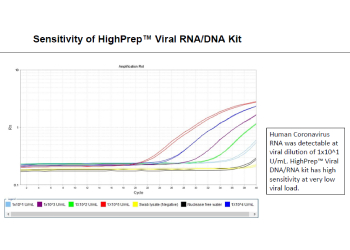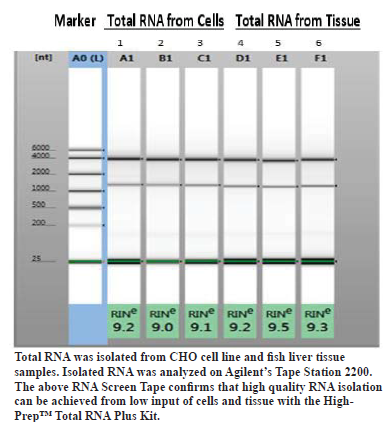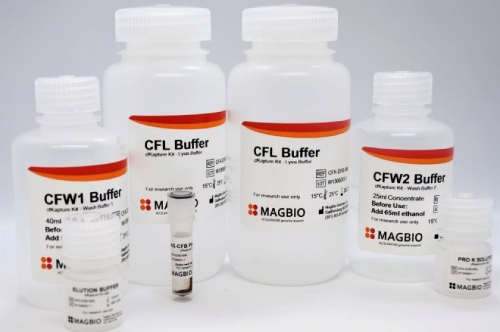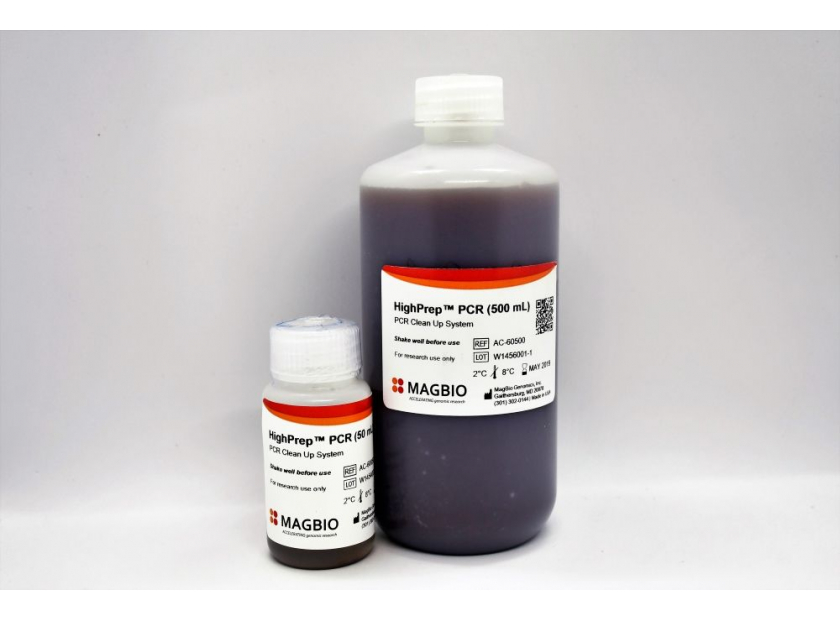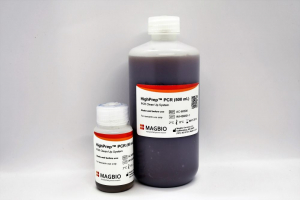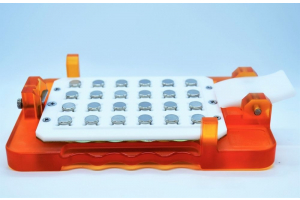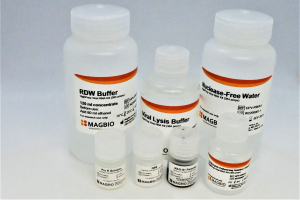Things to remember while working with Magnetic Beads
Molecular biology research often involves purification, for example, removing short primers, enzymes, and salts from PCR reactions. Conventional purification methods like filtration and centrifugation were not as effective as separation using magnetic beads. It has proven to be the fastest and most efficient separation technique.
Magnetic beads can be manipulated using magnetic force. This makes washing easier and quicker compared to using agarose or silica beads. In addition, the purified product can be recovered in a more concentrated form using magnetic beads.
Here are some tips for working with magnetic beads.
Resuspend your beads properly
Magnetic beads should have enough magnetic content to allow magnetic pull down. Conventional magnetic beads were larger (above 1 µm) compared to the newer beads that are much smaller sizes (in nanometers). This increases the beads’ surface area, enhancing their binding capacity and dispersion.
Magnetic beads are heavy particles that tend to sediment over time. The larger the bead size, the sooner they sediment. Hence, it is important to thoroughly resuspend the magnetic beads before use.
Wash your beads
Increasing the number of washing steps can reduce non-specific binding to the beads. During washing the magnetic beads with wash buffer, use enough solution to cover the pellet.
Know your beads
Magnetic beads are available in different sizes, shapes, coatings, magnetic response, buffer conditions, and functional groups. All these can affect the properties of the beads. Ask your magnetic beads provider for the basic information of the beads to handle them better.
Capture the beads
The magnetic beads are attracted to the magnet and usually form a pellet within a minute. You can ensure that all beads are recovered by prolonging the attraction of the magnetic beads to the magnet.
Avoid disturbing the bead pellet while removing the supernatant
At the time of removing the supernatant, make sure the pipette tip does not touch the magnetic beads pellet to prevent re-mixing of supernatant and beads. Use of a magnetic rack with a slanted side is recommended to allow the bead pellet to be concentrated on one side of the tube’s wall. This makes supernatant removal much easier.



 (301) 302-0144
(301) 302-0144 info@magbiogenomics.com
info@magbiogenomics.com
